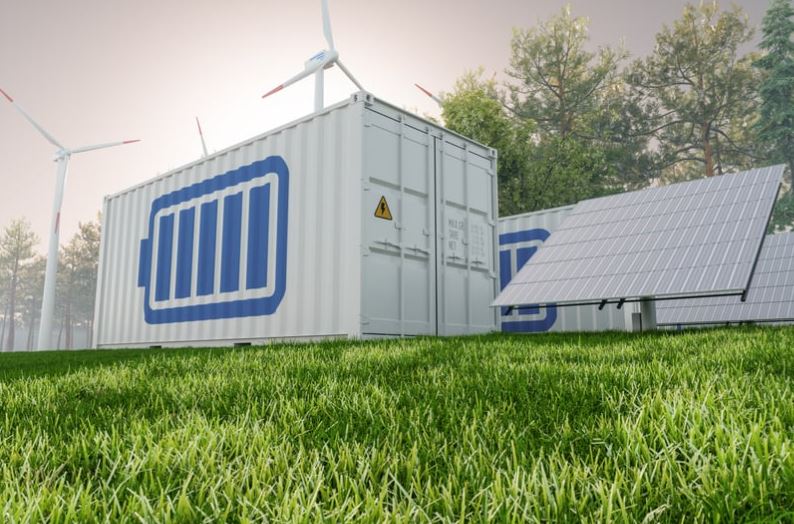Lithium-ion battery health prediction accuracy drops significantly after 100 cycles in existing systems, yet new research demonstrates a root mean squared error of 0.0046 Ah for capacity forecasting using only first-stage cycle data. This precision threshold becomes critical as the lithium-ion battery market crossed USD 75.2 billion in 2024 and is expected 15.8% CAGR through 2034, with failure prediction accuracy directly impacting warranty costs and replacement scheduling across automotive and energy storage sectors.
Current battery management systems struggle with a fundamental limitation: capacity degradation trajectories exhibit high consistency during early operational stages but diverge dramatically in later phases due to manufacturing variability and operating conditions. The Zhou et al. framework addresses this through cycle-consistency learning that aligns degradation stages across different battery samples, rather than relying on simple chronological cycle matching that fails when batteries have varying lifespans.
Similar Sample Selection Overcomes Training Data Dispersion
Traditional machine learning approaches for battery health use entire training datasets, but this creates accuracy penalties when individual batteries exhibit unique degradation patterns. The research demonstrates that selecting similar samples for training achieves superior performance compared to universal models, with absolute percentage error for remaining useful life prediction reaching 1.36% on MIT datasets and 2.98% on diverse operating condition scenarios.
The technical implementation reveals critical insights about current distance-based similarity metrics. Euclidean distance and correlation coefficient methods prove particularly vulnerable to noise during early battery stages when performance characteristics remain highly consistent. The cycle-consistency approach adaptively derives aligned sequence lengths, addressing a core limitation where maximum relative error was less than 3% and average relative error was less than 2.5% in existing SVM models, but only under controlled conditions.
Transformer Architecture Tackles Cumulative Error Problem
The iterative prediction strategy employed by most capacity degradation networks introduces cumulative errors that compound over extended forecasting horizons. Battery cycle life increases with advancing manufacturing technology, creating more challenging early prediction scenarios requiring higher iteration counts, exacerbating this fundamental accuracy limitation.
The enhanced Transformer encoder combines denoising autoencoders with gated convolutional units to capture both local degradation information and long-term dependencies. This architecture directly addresses capacity regeneration phenomena and measurement noise that interfere with standard Transformer models’ sensitivity to localized degradation patterns. The approach acknowledges that accurate battery health diagnostics and prognostics is challenging due to unavoidable cell-to-cell manufacturing variability and time-varying operating circumstances.
Market Context Amplifies Technical Requirements
The automotive battery management system market reached USD 4.1 billion in 2024 and anticipates a 17.4% CAGR through 2034, driven primarily by electric vehicle adoption. However, field deployment of advanced prediction algorithms faces integration challenges with existing BMS architectures designed around simpler state-of-charge estimation methods.
The research validation across MIT, HUST, and experimental datasets demonstrates consistent performance across lithium iron phosphate and diverse chemistry configurations. Yet scaling from laboratory conditions to production systems requires addressing computational overhead concerns. The cycle-consistency learning process demands additional processing compared to traditional distance metrics, potentially impacting real-time BMS operation requirements.
Technical Limitations Require Further Investigation
The 100-cycle early prediction window represents both a strength and a constraint of the methodology. While achieving high accuracy within this timeframe, the approach cannot validate performance for batteries exhibiting unusual early-stage behavior patterns that might indicate manufacturing defects or accelerated aging mechanisms. A similar sample selection process may inadvertently exclude outlier cases that represent emerging failure modes.
Degradation alignment through cycle-consistency learning assumes a predictable staging progression that may not hold across all battery chemistries or extreme operating conditions. The method’s effectiveness depends on sufficient training data representing similar degradation patterns, potentially limiting applicability for novel battery technologies or operating environments with limited historical data.
Battery management systems currently prioritize safety functions over predictive accuracy, with accurate RUL estimation enabling predictive maintenance, optimal usage, and timely replacement, ensuring successful operation. However, integrating sophisticated prediction algorithms requires balancing computational resources against other critical BMS functions like thermal management and fault detection.
The research addresses a significant technical gap in early-stage battery health prediction, yet practical implementation faces economic and engineering constraints that may limit near-term adoption. As battery technology continues advancing and dataset availability increases, these prediction methodologies could become standard components of next-generation battery management systems, particularly for high-value applications where prediction accuracy justifies additional computational complexity.





